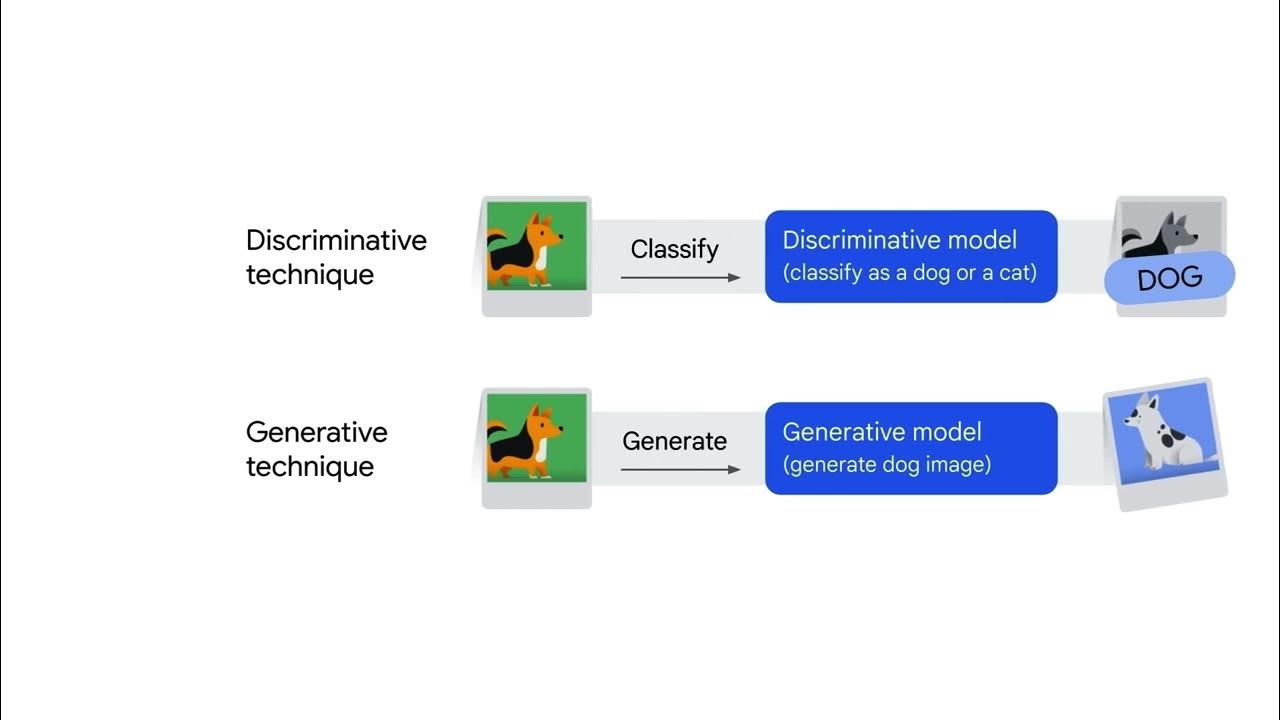What is Generative AI | Introduction to Generative AI | Generative AI Explained | Simplilearn
Summary
TLDRGenerative AI has gained significant attention due to its ability to create text, images, audio, and more. Tools like DALL·E 2, ChatGPT, and Bard have made AI creation more accessible to the public. This video explores how generative AI works, its various use cases, such as chatbots, content creation, and virtual avatars, as well as its benefits like automating content production and enhancing technical support. However, it also highlights challenges like source verification, bias, and inaccuracy. As the technology advances, generative AI is set to transform multiple industries, shaping future workflows and innovation.
Takeaways
- 😀 Generative AI has gained widespread interest recently, driven by tools like DALL·E 2, Bard, and ChatGPT, which are making AI more accessible to users with minimal technical expertise.
- 😀 Generative AI refers to AI systems that create content such as text, images, audio, and synthetic data based on given prompts, offering versatility in various domains.
- 😀 Popular generative AI tools like DALL·E 2, ChatGPT, and Google Bard enable users to generate high-quality content quickly, from text to realistic images.
- 😀 DALL·E 2, developed by OpenAI, is capable of generating images from textual descriptions and allows users to explore creative visualizations in various styles.
- 😀 ChatGPT, built on OpenAI's GPT-3.5 model, allows users to engage in interactive conversations, with GPT-4 further improving conversational flow and accuracy.
- 😀 Google Bard, another significant AI tool, aims to compete with ChatGPT and GPT-powered Bing by offering conversational AI based on advanced language models.
- 😀 Use cases of generative AI include chatbot development for customer service, language dubbing for movies, content writing, creating artwork, and generating product demo videos.
- 😀 The benefits of generative AI include automation of content creation, efficient email responses, improved technical support, and the ability to create realistic virtual personas or avatars.
- 😀 Generative AI can summarize complex information into digestible content, enhancing the understanding of intricate concepts and aiding communication.
- 😀 While generative AI offers many benefits, it faces limitations such as lack of source identification, difficulty assessing bias, and the challenge of verifying the accuracy of generated content.
- 😀 The future of generative AI includes further integration into everyday tools, potentially transforming industries such as logistics, supply chains, and business operations, making AI an even more embedded part of daily life.
Q & A
What is generative AI?
-Generative AI is a form of artificial intelligence that can create new content, such as text, images, audio, and synthetic data, based on a given prompt or input.
How does generative AI differ from traditional AI?
-Traditional AI typically analyzes data and makes decisions or predictions based on it, while generative AI creates new content from scratch, often using sophisticated algorithms to generate realistic outputs.
What are some popular generative AI tools mentioned in the script?
-The script mentions several popular generative AI tools, including DALL·E 2 (for image generation), ChatGPT (for text generation), and Bard (Google's conversational AI).
How does DALL·E 2 generate images?
-DALL·E 2 uses a large dataset of images and their corresponding textual descriptions to create new images based on textual prompts, offering multiple styles of imagery generation.
What is the role of ChatGPT in generative AI?
-ChatGPT, built on OpenAI's GPT models, is a chatbot designed to generate text-based responses in natural language, offering a conversational AI experience.
What are some key use cases for generative AI?
-Generative AI can be used in various fields, including chatbot development, content writing (emails, resumes, etc.), creating art, enhancing product demo videos, and improving language dubbing in movies and educational content.
What are some benefits of using generative AI in business?
-Generative AI can automate content creation, improve email response efficiency, provide better technical support, generate realistic avatars or virtual characters, and summarize complex information effectively.
What challenges or limitations are associated with generative AI?
-Some limitations include lack of source transparency, difficulty in assessing bias in AI models, the potential for inaccuracies in generated content, and the risk of perpetuating harmful biases or hateful content.
Why is source transparency important in generative AI?
-Source transparency is crucial because it allows users to trace the origins of information, ensuring that the generated content is accurate, reliable, and ethically sourced.
How does the future of generative AI look?
-The future of generative AI is promising, with ongoing improvements in AI capabilities across various domains. As AI becomes more integrated into everyday tools, it will likely transform industries and workflows, making tasks more efficient and innovative.
Outlines

This section is available to paid users only. Please upgrade to access this part.
Upgrade NowMindmap

This section is available to paid users only. Please upgrade to access this part.
Upgrade NowKeywords

This section is available to paid users only. Please upgrade to access this part.
Upgrade NowHighlights

This section is available to paid users only. Please upgrade to access this part.
Upgrade NowTranscripts

This section is available to paid users only. Please upgrade to access this part.
Upgrade NowBrowse More Related Video

Introduction to Generative AI

Introduction to Generative AI

Generative AI Vs NLP Vs LLM - Explained in less than 2 min !!!

Intelligence artificielle : les métiers qui vont disparaître, ceux qui vont les remplacer

Turn Text into full animated video for free with Ai

Generative AI, Ini Penjelasan Singkatnya
5.0 / 5 (0 votes)